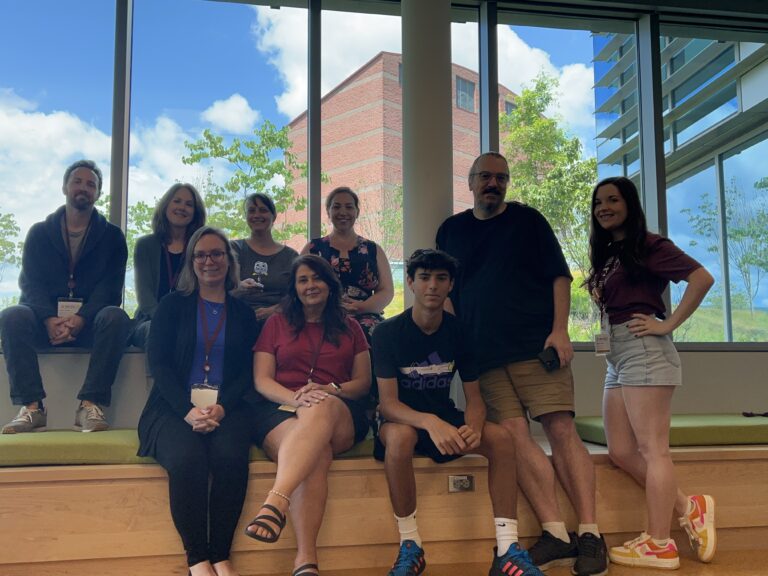Kids don't have to sneak their favorite comics inside their school literature books anymore. Despite severe budget cuts, creative teachers are getting comics and graphic novels in the hands of students -- as teaching tools.
It's a growing trend in classrooms: Comic books are used to teach everything from science to history to reading. How refreshing, during a time when all we hear about are the shortcomings and reductions in schools.
"Comics best represent the new literacy in this century," says Anastasia Betts, who's an instructor of "Graphic Novels 101" at UCLA Extension.
Teachers are anxious to learn how to incorporate it in their classes, she says. Betts will participate in panel on the topic, called "Comics in the Classroom," at the annual Comic-Con convention in San Diego on Saturday.
To get comics in the classroom , though, teachers must overcome the widespread perception that comic books aren't real literature.
More than half the battle in getting kids to learn is to get them interested. So what's wrong if kids are more interested in getting their content from a dialogue bubble or sequence of panels like the ones you see in comic books?
"It's almost like tricking them into reading," says librarian Deborah Ford of the San Diego Unified School District.
Kids and grown-ups alike have to get over the idea that reading is all about "big, fat boring books by people who have been dead for years," she says.
Ford points out that, due to the nature of small dialog bubbles and picture bubbles, graphic novels are often narrow in focus -- which leaves students wnating more.
"The graphic novels present the basic facts, so it leaves a lot of kids asking more questions and wanting more information," she says.
Both Ford and Betts say comics and graphic novels are also reeling in reluctant readers -- boys, second language readers, those with learning disabilities -- with successful results.
U.S. & World
News from around the country and around the globe
Among her family of seven children, Betts said she has some reluctant readers, but they are now happily hooked on Manga, a Japanese-style comic. Ford says a young boy who doesn't come from a family of readers picked up the graphic novel "Coraline" and now would rather read than play with his Gameboy.
Teachers have managed to find ways to get comics into the curriculum. Some have contacted local comic book stores that have ended up donating comics to schools, and others have sought grants. Public schools can apply for grants to Donorschoose.org.
So whether you love gladiators, ninjas, or Klingons it's all good. "There's more than one path to literacy, you don't have to travel down one road," says Betts. "All you have to do is open your mind."



